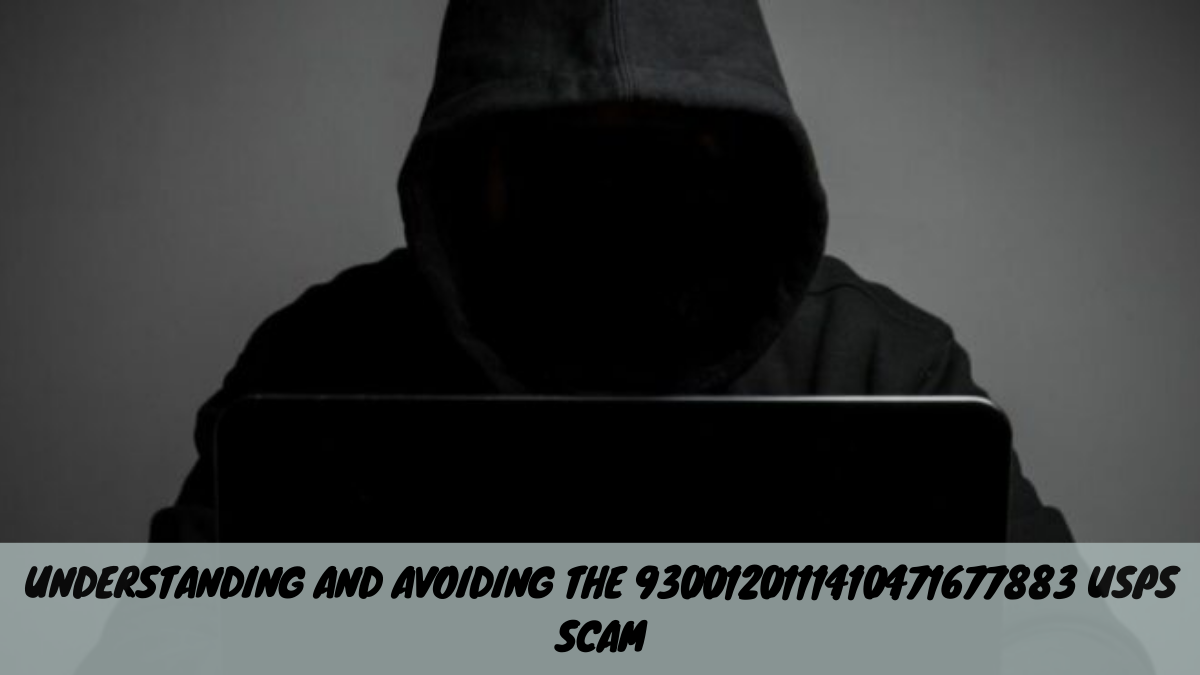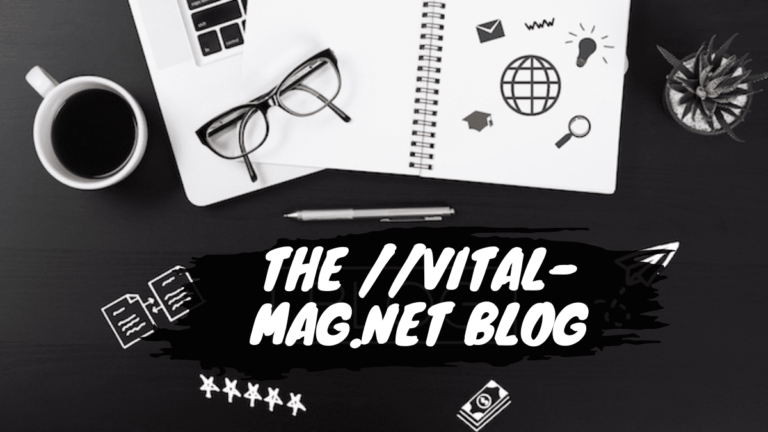Understanding and Avoiding the 9300120111410471677883 USPS Scam
In the modern age of digital communication, scams have become increasingly sophisticated. One such scam that has been reported is the 9300120111410471677883 USPS scam.
The 9300120111410471677883 USPS scam uses deceptive messages to trick recipients into revealing personal or financial information. Always verify with USPS directly and report suspicious activity immediately.
This article aims to provide a comprehensive overview of this scam, including its mechanisms, how to protect yourself, and what actions to take if you become a victim. We will delve into the details, offer insights beyond existing sources, and ensure that the content is easy to understand for readers.
What is the 9300120111410471677883 USPS Scam?
The 9300120111410471677883 USPS scam is a deceptive scheme where scammers use a specific phone number to impersonate the United States Postal Service (USPS). The scam typically involves receiving a text message, email, or robocall from a number associated with this scam—9300120111410471677883. The message will often claim that there is an issue with a delivery, such as a missed package or a problem with shipping details.
How the Scam Works
Initial Contact
The scammer sends a message (via text, email, or phone call) using the number 9300120111410471677883. The message usually appears urgent and may include threats or warnings about package deliveries.
Deceptive Links
The message often contains a link that directs the recipient to a fraudulent website. This site may look like an official USPS page but is designed to steal personal information.
Personal Information Request
The fake USPS page asks for personal details, such as your name, address, phone number, and even financial information.
Phishing and Fraud
Once the scammers have your information, they can use it for various forms of identity theft or financial fraud.
How to Recognize the 9300120111410471677883 USPS Scam
Signs of a Scam Message
- Urgency and Threats: Scammers often create a sense of urgency, claiming that immediate action is required to prevent problems with your delivery.
- Suspicious Links: Be cautious of any message that includes a link asking for personal or financial information.
- Generic Greetings: Official USPS communications typically address you by name, whereas scam messages might use generic greetings like “Dear Customer.”
How to Verify Authenticity
- Check USPS Communication: Official USPS messages will come from verified channels. You can verify any message by contacting USPS directly through their official website or customer service number.
- Look for Red Flags: Poor grammar, spelling errors, and unprofessional language are common in scam messages.
Steps to Protect Yourself from the 9300120111410471677883 USPS Scam
- Do Not Click on Suspicious Links: Avoid clicking on any links or downloading attachments from unsolicited messages.
- Verify Information: If you receive a suspicious message, contact USPS directly using official contact information to verify any claims.
- Update Security Settings: Ensure that your online accounts have strong, unique passwords and enable two-factor authentication where possible.
- Report the Scam: If you receive a scam message, report it to the Federal Trade Commission (FTC) and the USPS.
What to Do if You’ve Been Scammed
- Contact Your Financial Institutions: If you provided financial information, notify your bank or credit card company immediately to prevent further unauthorized transactions.
- Report to Authorities: File a report with the FTC and local law enforcement to document the incident.
- Monitor Your Accounts: Regularly check your financial and personal accounts for any suspicious activity.
Detailed Analysis and Insights
The Evolution of Scams
The 9300120111410471677883 USPS scam is part of a broader trend of increasing sophistication in phishing and fraud schemes. Scammers continuously refine their methods, making it essential for individuals to stay informed and vigilant. Understanding these scams’ characteristics helps in identifying and avoiding them effectively.
Impact on Victims
Victims of the 9300120111410471677883 USPS scam can face significant consequences, including financial loss and identity theft. The emotional toll of such scams can also be substantial, as individuals feel violated and deceived.
FAQs
What is the 9300120111410471677883 USPS scam?
The 9300120111410471677883 USPS scam involves fraudulent messages that claim to be from USPS, using the phone number 9300120111410471677883 to trick recipients into providing personal or financial information.
How can I identify a scam message from USPS?
Scam messages often create urgency, contain suspicious links, and use generic greetings. Verify the authenticity of any message by contacting USPS through official channels.
What should I do if I receive a suspicious message?
Do not click on any links or provide personal information. Contact USPS directly using official contact information to verify the message and report the scam to relevant authorities.
How can I protect myself from scams?
Avoid clicking on suspicious links, verify information through official channels, update your security settings, and report any suspected scams to authorities.
What steps should I take if I’ve been scammed?
Contact your financial institutions immediately, report the scam to the FTC and local law enforcement, and monitor your accounts for any suspicious activity.
Conclusion
The 9300120111410471677883 USPS scam represents a serious threat to individuals’ personal and financial security. By understanding how this scam operates, recognizing the signs of fraudulent messages, and taking proactive steps to protect yourself, you can safeguard against such deceptive schemes. Stay informed, remain cautious, and always verify any suspicious communications through official channels to protect yourself from becoming a victim.







